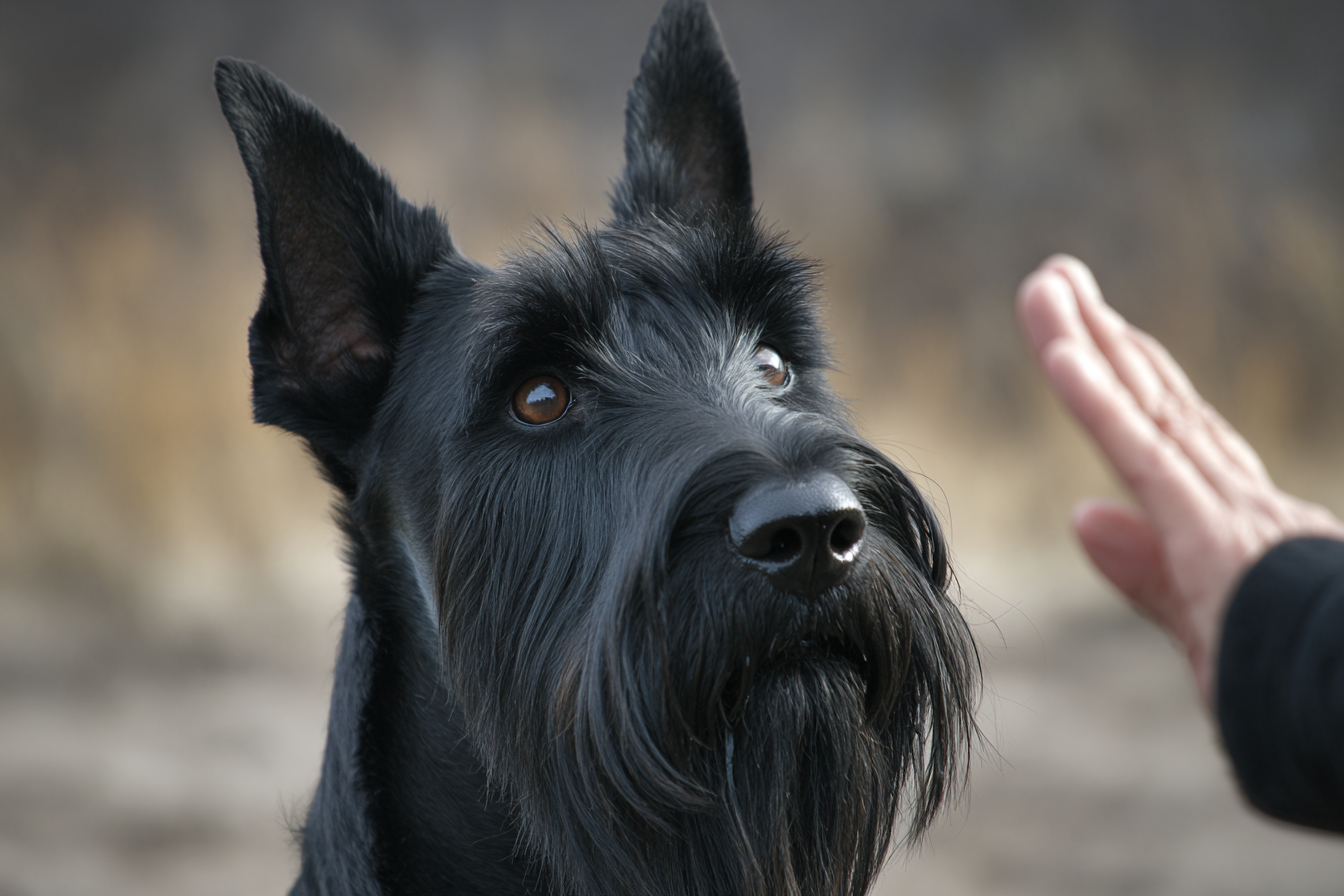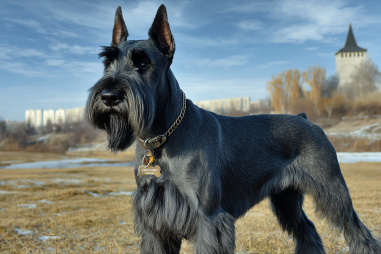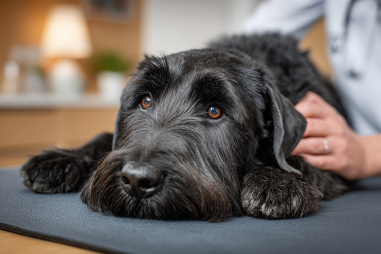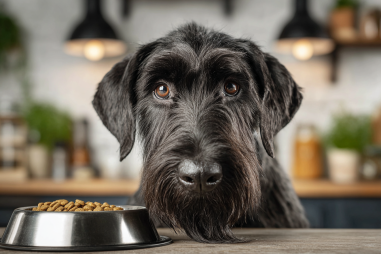Training your Giant Schnauzer is a rewarding journey that taps into their natural intelligence and abundant energy. Known for their loyalty, protectiveness, and sharp minds, Giant Schnauzers thrive when given clear guidance and consistent training. Whether you’re a first-time Giant Schnauzer owner or looking to refine your dog’s skills, understanding effective training techniques tailored to this breed will help promote good behavior and strengthen your bond. Let’s explore how to make training a positive and exciting experience for both you and your Giant Schnauzer.
Understanding the Giant Schnauzer’s Intelligence and Energy Levels
Giant Schnauzers are highly intelligent and energetic working dogs originally bred for herding and guarding. Their keen minds mean they learn quickly but also need mental stimulation to stay happy and balanced. Without proper outlets for their energy and intellect, they may become bored and develop unwanted behaviors such as excessive barking or chewing.
This breed requires daily physical exercise combined with mental challenges like puzzle toys, obedience drills, or advanced training tasks. Their alertness and protective nature also make them excellent watchdogs, but it’s important to channel these traits properly from an early age. A well-understood understanding of their personality traits sets the foundation for effective training.
Basic Obedience Training Essentials
Starting with basic obedience lays the groundwork for a well-mannered Giant Schnauzer. Teaching commands such as sit, stay, come, and heel instills discipline and enhances communication between dog and owner. Consistency is key—always use the same command words and reward compliance immediately.
Keep training sessions short but frequent, around 5 to 10 minutes, to maintain your dog’s focus. Using a calm but firm tone helps your Giant Schnauzer understand expectations without intimidation. Introducing leash training early can prevent pulling behaviors and set the stage for enjoyable walks.
Positive Reinforcement Methods
Positive reinforcement is one of the most effective and humane training techniques, especially for sensitive breeds like Giant Schnauzers. This involves rewarding desired behaviors with treats, praise, toys, or affection. Positive reinforcement encourages your dog to repeat good behavior because it associates commands with positive experiences.
Timing your rewards immediately after the behavior will help your dog make the connection. Avoid harsh punishments, which can harm the trust between you and your pet and may lead to fear or aggression. Instead, focus on redirecting unwanted behaviors toward more appropriate actions and then rewarding those.
Socialization Strategies
Socializing your Giant Schnauzer early on is crucial for nurturing a well-rounded and confident companion. This means exposing your dog to a variety of people, animals, environments, and sounds in a controlled and positive manner. Proper socialization reduces the likelihood of fearfulness or aggression in unfamiliar situations.
Start socialization during puppyhood by visiting dog parks, enrolling in puppy classes, or arranging playdates with other dogs. Make these experiences fun and rewarding, and always supervise interactions. As your Schnauzer grows, continue to introduce new environments and challenges to maintain their social skills and adaptability.
Dealing with Common Behavioral Issues
Despite their intelligence, Giant Schnauzers can develop behavioral challenges if their needs aren’t met or they lack consistent training. Common issues include:
- Barking excessively
- Chewing on furniture or belongings
- Jumping up on people
- Resource guarding
- Stubbornness or reluctance to obey commands
Address these issues by identifying root causes such as boredom, anxiety, or insufficient exercise. Redirect destructive behaviors with chew toys or engage your dog in interactive activities. For jumping, teach an alternative behavior like sitting calmly when greeting people. Patience, consistency, and positive reinforcement are your best tools for modifying behavior.
Advanced Training and Mental Stimulation
Once your Giant Schnauzer masters basic obedience, they eagerly benefit from advanced training. This can include agility, tracking, scent work, or even therapy dog training. Such activities harness their intelligence and energy, preventing boredom-related problems and deepening your partnership.
Mental stimulation can also come from puzzle feeders, obedience challenges with distractions, or teaching new tricks regularly. Training can become a fun daily routine that not only tires them physically but engages their sharp minds. Additionally, advanced training strengthens focus and impulse control.
Training Tools and Resources
Utilizing the right tools and resources can enhance your training success. Some helpful items include:
- Clickers for marking behaviors during positive reinforcement
- High-value treats to motivate your dog
- Leashes and harnesses designed for control and comfort
- Puzzle toys to challenge mental skills
- Training books or online courses focused on Giant Schnauzers
- Enrolling in local obedience or specialized training classes
Additionally, consulting with a professional dog trainer who understands Giant Schnauzer traits can provide personalized guidance tailored to your dog’s temperament and learning progress.
Building a Lasting Bond Through Training
Effective training is not just about commands and obedience; it’s about building trust and mutual respect. Your Giant Schnauzer will respond best when training is approached with patience, consistency, and positivity. Training sessions are an opportunity to connect deeply with your dog, creating a strong partnership built on understanding.
Celebrate small victories, remain patient during setbacks, and remember that your Giant Schnauzer wants to please you. By dedicating time and effort to appropriate training techniques, you ensure your dog is happy, well-behaved, and confident—making life together an enjoyable experience for both of you.







